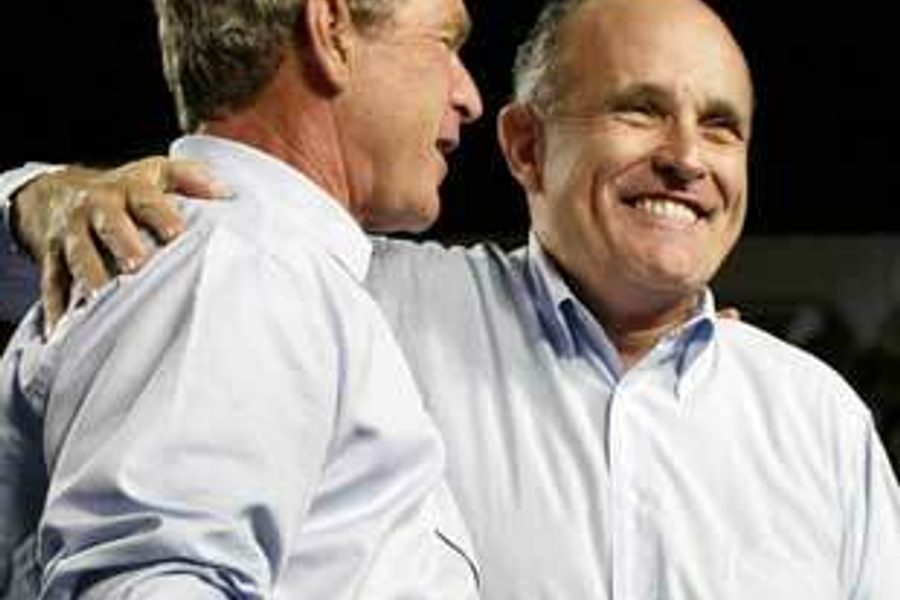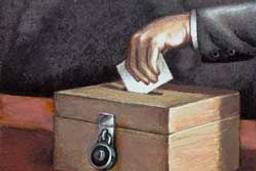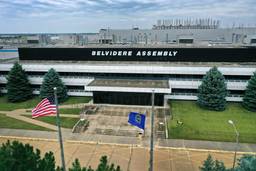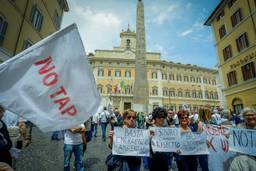
It’s ironic that the man who once said “freedom is about authority,” who never supported any expression that could be construed as dissent when he was mayor and who is now the GOP’s new hero, is serving as the RNC’s welcoming committee to New York City. Inside the barricades of Madison Square Garden, Giuliani is playing host and getting praised. But he certainly doesn’t speak for the hundreds of thousands of protestors who have taken over the heated asphalt of the city.
I know all too well about the policies Giuliani loves. For years I’ve been producing, along with director Kevin Keating, a feature documentary exploring the consequences of Giuliani’s policing, welfare and First Amendment policies. It includes footage of Rudy provoking a rally of policemen with obscenities, telling a man whom he’d cut off Medicare that he sounds like he lives in a hole and demonstrating wholesale ignorance about art. (At one point the Giuliani administration submitted an appeal brief to the Supreme Court that claimed painting is not an expressive activity protected by the First Amendment). It also includes footage of Giuliani dressed as a woman flirting with Donald Trump, but that’s another story.
Fortunately, the last few days have proved that eight years of Giuliani has not changed the fundamental nature of the city. At Union Square on Friday, despite warnings of overbearing police presence and chaos, thousands of Critical Mass bicyclists rode out, as if a harbinger of the participation to come. The United for Peace and Justice march on Sunday drew larger amounts of dissenters than even organizers predicted. Other events like the Ring Out around Ground Zero on Saturday, where people milled about the WTC site ringing thousands of bells for peace, and Monday’s spirited Poor People’s march for economic and social justice were successful in their own smaller ways. Throughout the city, anti-Republican slogans and graphics are emblazoned on everyone from young punks and homeboys to college gals and grandmas.
Officers on bicycles or cute new Vespa scooters are most visible when there are crowds gathering with the intent of illegally marching — a marked contrast to past protests in New York where a paramilitary show of force was common. But the NYPD’s much-publicized preparations for the RNC suggest that heavily armed SWAT units and military designed machines emitting painfully loud noises to disperse crowds are tucked away nearby.
The newly beefed-up bureaucratic police machine has been at times incompetent and arbitrary. One bicyclist arrested on Friday, after spending 36 hours in lock-up, described a warehouse space with oil-soaked floors and officers both unclear about proper protocols and unable to operate new high-tech fingerprint readers. Sunday’s arrests in Times Square included police cutting off crowds with orange netting and led to officers threatening anyone who engaged delegates in dialogue with arrest.
By Tuesday, the day of direct action, tensions heated up. The mostly young-looking and newly trained police were on edge. In Herald Square, there were scores of groups that were corralled and arrested at different points in the night. I was on the corner of 35th and Broadway when we heard a group coming toward us that caught the police off guard. Riot police sprung into adrenaline-fueled action, pushing the protesters back up the street and arresting them. When we asked a NYPD information officer what the charges were, he laughed and said “We’re not sure yet.” By the end of the night, more than 900 protestors reportedly had been arrested.
Watching these altercations I couldn’t help thinking about Giuliani, a politician who ruled this city for eight years and who I’m still shocked was up on stage talking about foreign policy and saying, “Either you are with us or you are with the terrorists.” Under his reign, AIDS protesters were made to go through metal detectors, organizations were de-funded for being too vociferous, rallies were broken up by force and, when he thought art was offensive, museums were threatened with closure. I was grateful he was not in control of the police.
So far, the mainstream press hasn’t been too interested in our film. Giuliani, after all, has somehow become not only the hero of the moment with presidential aspirations but a seemingly untouchable 9/11 political commodity. At a press screening of the film on Monday morning, an AP photographer showed up and asked if Giuliani was going to attend. Told no, he soon left. But as the choreography and the mythmaking continue behind the walls of Madison Square Garden, New York during the RNC is a place of diverse resistance, spontaneity and unmitigated expression. Only a fool would try to change that.





